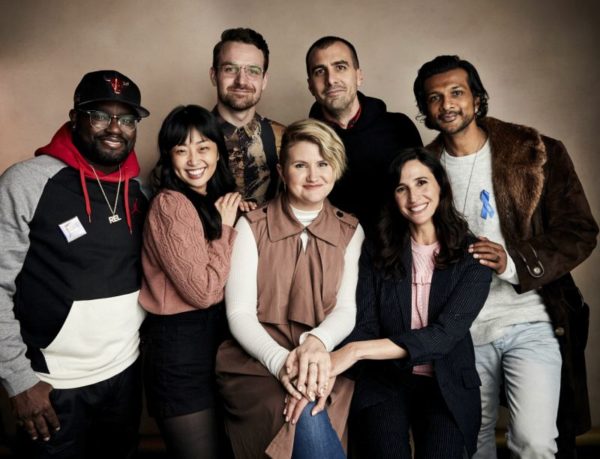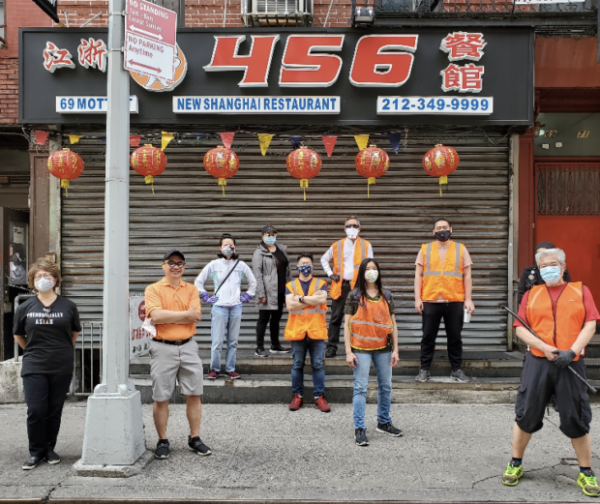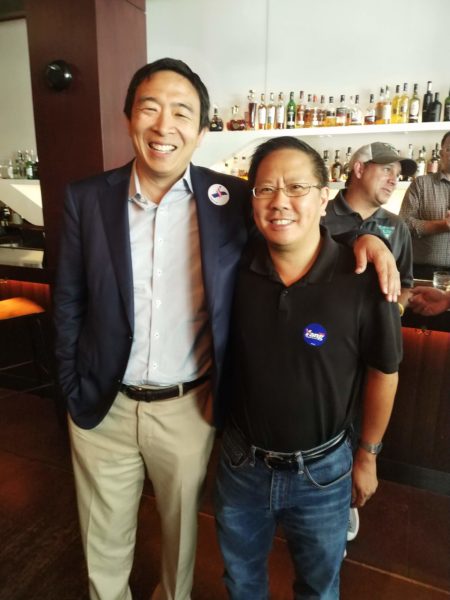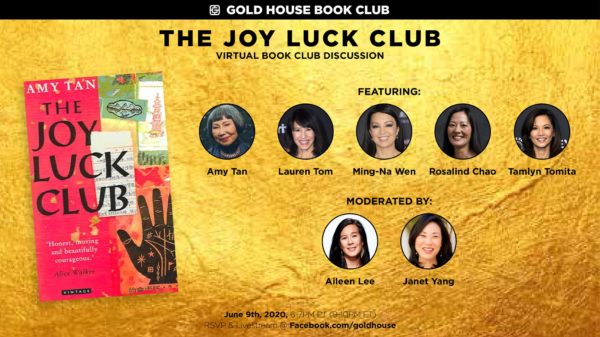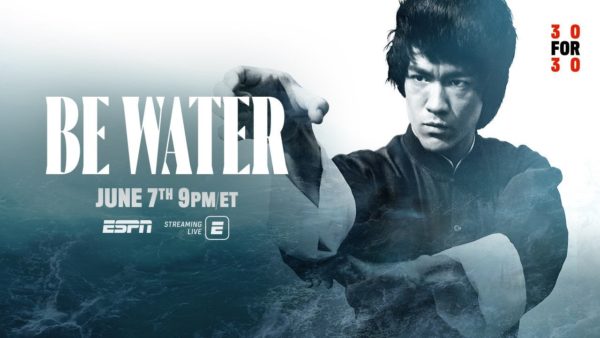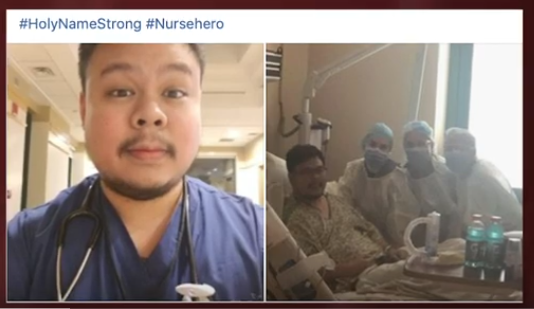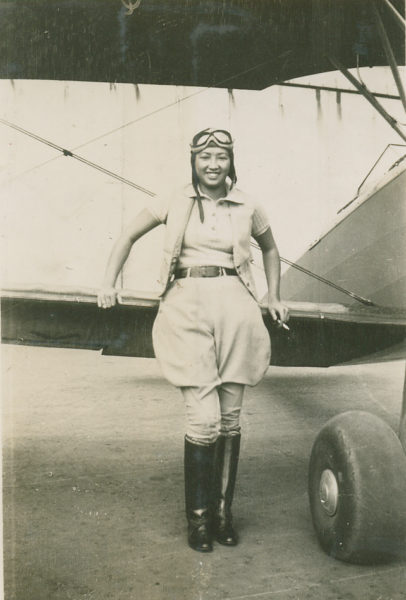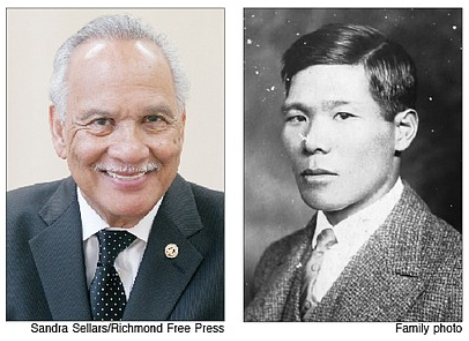 Long hidden family secrets, an African American journalist’s deathbed request, and the Japanese American internment – all these seemingly unconnected elements connect to create a moving and timely documentary about a man taken away by the authorities and never again seen by his family. With divisions between Asian Americans on why they should care about Black Lives Matter and their own anti-black racism, Vanished Dream: Wartime Story of My Japanese Grandfather, produced by Japanese public media division NHK World, tells us how people of color can have hidden connections in the intersection of systemic racism. It is also a story of incredible sacrifices made to protect family and to further the cause of civil rights.
Long hidden family secrets, an African American journalist’s deathbed request, and the Japanese American internment – all these seemingly unconnected elements connect to create a moving and timely documentary about a man taken away by the authorities and never again seen by his family. With divisions between Asian Americans on why they should care about Black Lives Matter and their own anti-black racism, Vanished Dream: Wartime Story of My Japanese Grandfather, produced by Japanese public media division NHK World, tells us how people of color can have hidden connections in the intersection of systemic racism. It is also a story of incredible sacrifices made to protect family and to further the cause of civil rights.
The story starts with Regina Boone, a photo journalist who knew few details about her grandfather. On his deathbed, her father asked Regina to find out what happened to his father and to tell their family story. Regina’s father was Raymond Boone (pictured on the left above), a prominent journalist during the Civil Rights era and beyond. Among other things, he was a journalism professor at Howard University, founded the Richmond Free Press newspaper, and was known as a crusader for justice. Yet why didn’t Raymond Boone talk about his father? All Regina Boone knew at that point was that her Japanese grandfather was arrested shortly after Pearl Harbor and would never return to his family.
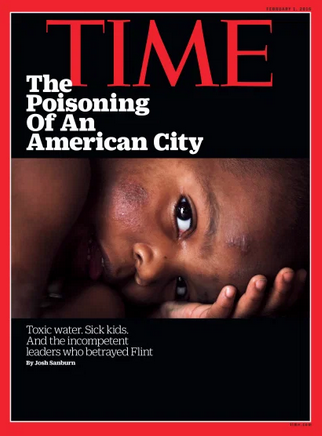
(photo credit: Regina Boone/Detroit Free Press)
As an accomplished photo journalist, Regina was well equipped to track down what happened. Her picture of a two year old boy affected by lead in Flint Michigan made the cover of Time magazine. She follows a trail through local Virginia archives and to her father’s friends in Suffolk Virginia. This is the city where her grandfather Tsuruju Miyazaki would establish a Asian/Soul food restaurant in the black part of town, start a family with an African American women, and have two children with her, including Raymond Boone. The trail would lead to the National Archives in Washington DC, an interview with an FBI Historian, to the Rowher Relocation camp in Arkansas, to Chicago, and finally to Nagasaki Japan. Along the way, we learn what Tsuruju Miyazaki did to protect his family and why he was never able to return.
I found the story to be both moving and deeply relevant today. Tsuruju Miyazaki sacrificed much to protect his half Japanese half African American children in an era when Asian American immigrants were treated with suspicion and African Americans were treated with contempt, an era with some disturbing similarities to today. Raymond Boone made sacrifices too, regarding his family history. The documentary makes the claim what happened to Raymond Boone’s father drove him to be so active in civil rights and pointing out injustices. To me, the story shows how groups from what would appear to be drastically different backgrounds can have some deep and profound connections, a fact also relevant today.
I did find a few annoying things about this video. The NHK World production makes speakers fade out while they are talking just before a change of scene. I don’t read lips, so I kept wondering what they actually said. Another unpleasant fact is that the show will be taken down next year. Given the limited time it is available, I recommend that you take 50 minutes and see Vanished Dream: Wartime Story of My Japanese Grandfather while it still is available.
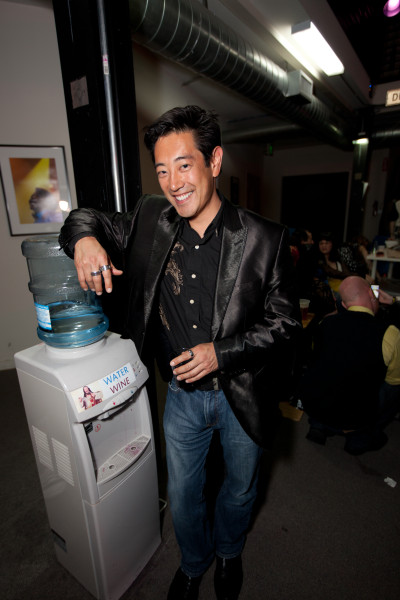 Grant Masaru Imahara, host of Mythbusters, died on July 13, 2020 of a brain aneurysm. One thing I loved about him was that not only was he a handsome and affable TV host, he was a working engineer and an incredibly good one too. He started for George Lucas’s Industrial Light and Magic special effects house on culturally impactful movies, including the Star Wars prequel trilogy, and the Matrix series. He was a well known robot builder, creating the combat robot Deadblow, and even wrote a book about building battle robots. He consulted for Disney Imagineering and was an author on an IEEE paper about that work. Grant Imahara was generous and good lucking enough to volunteer in a bachelor auction. As a working Asian American engineer, I felt that he stood out as an example that being an engineer doesn’t mean your options are limited. I can only hope to be so productive and well rounded as he was!
Grant Masaru Imahara, host of Mythbusters, died on July 13, 2020 of a brain aneurysm. One thing I loved about him was that not only was he a handsome and affable TV host, he was a working engineer and an incredibly good one too. He started for George Lucas’s Industrial Light and Magic special effects house on culturally impactful movies, including the Star Wars prequel trilogy, and the Matrix series. He was a well known robot builder, creating the combat robot Deadblow, and even wrote a book about building battle robots. He consulted for Disney Imagineering and was an author on an IEEE paper about that work. Grant Imahara was generous and good lucking enough to volunteer in a bachelor auction. As a working Asian American engineer, I felt that he stood out as an example that being an engineer doesn’t mean your options are limited. I can only hope to be so productive and well rounded as he was!


